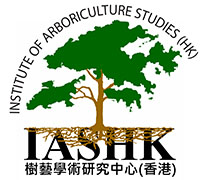plant hormone or substance that promotes or regulates the growth and development of plants. Produced at sites where cells are dividing. primarily in the shoot tips. Auxin-like compounds may be synthetically produced.
Auxins (plural of auxin /ˈɔːksɪn/) are a class of plant hormones (or plant-growth regulators) with some morphogen-like characteristics. Auxins play a cardinal role in coordination of many growth and behavioral processes in plant life cycles and are essential for plant body development. The Dutch biologist Frits Warmolt Went first described auxins and their role in plant growth in the 1920s. Kenneth V. Thimann became the first to isolate one of these phytohormones and to determine its chemical structure as indole-3-acetic acid (IAA). Went and Thimann co-authored a book on plant hormones, Phytohormones, in 1937.
There are four more endogenously synthesized auxins in plants.
All auxins are compounds with aromatic ring and a carboxylic acid group:





